Pegasystems moves to harness the power of the autonomous enterprise with its ‘center-out’ approach
At PegaWorld Inspire 2024, Pega seized its chance to champion its unique approach business architecture leaning on its AI for ideation portfolio

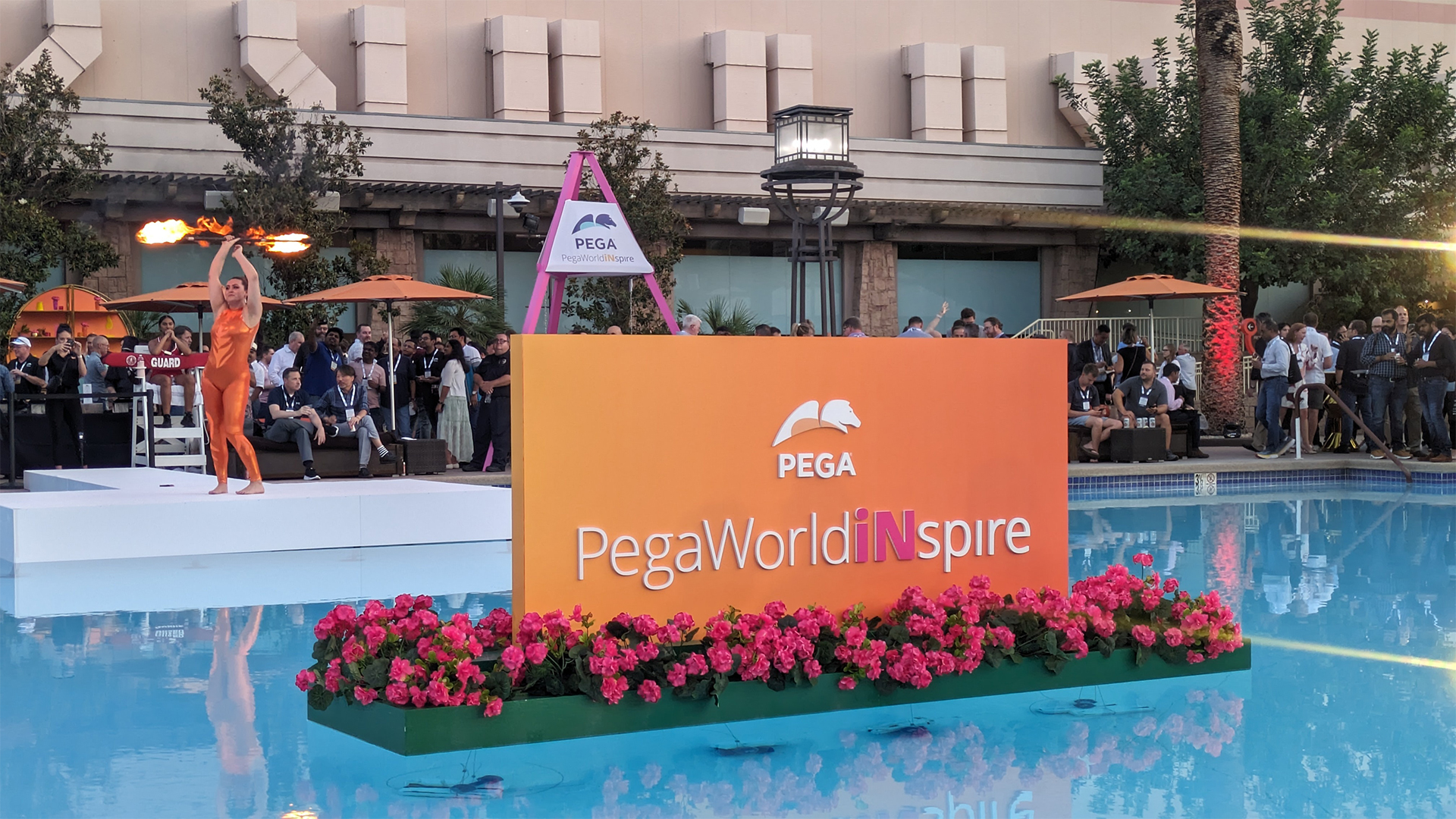
Pegasystems (Pega) believes that generative AI can provide the spark of imagination needed for every business transformation journey and used PegaWorld Inspire 2024 to drive this point home.
Along with the raft of LLM-enhanced productivity features Pega used this year's conference, held at the MGM Grand in Las Vegas, to demonstrate new features for its product GenAI Blueprint. The firm was keen to showcase how the software as a service (SaaS) solution is already being used by customers to bring AI into the ideation stage of application development.
Throughout the event, Pega unveiled a series of noteworthy AI products. This includes Knowledge Buddy, Pega’s AI assistant based in retrieval-augmented generation (RAG) that can be spun up and specialized on separate knowledge bases according to the channel where it is deployed, or Socrates, its generative AI tutor.
Both look like products with a strong value proposition in making each individual end-user more productive. But Blueprint was the real star of the conference, with specially-designed kiosks with the tool’s web-based interface dotted around the convention floor allowing delegates to see just how quickly they can generate the blueprint for a new business process using the tool.
While questions remain around just how many blueprints will actually turn into real applications, Pega says in its limited early testing with partners this is the fastest adoption rate of any product it's ever launched.
Kieran Gilmurray, CEO at Digital Automation and Robotics Limited, tells ITPro this is because businesses see the value GenAI Blueprint can bring in just getting disparate business and IT teams together on the same page. He says this is one of the biggest barriers continuing to inhibit real transformation in businesses.
On stage during the day-two keynote, Daniel Wenzel, SVP of design authorities at Deutsche Telekom, says Blueprint played an important part in transforming over 800 HR services at the largest telecommunications provider in Europe.
Sign up today and you will receive a free copy of our Future Focus 2025 report - the leading guidance on AI, cybersecurity and other IT challenges as per 700+ senior executives
Wenzel stresses how the tool was vital as a starting point from which to get the discussion going on how to go about redesigning these processes. It aims to provide a common language for businesses to formulate the experience they want to create in a way IT teams can realize.
With Blueprint and its other generative AI offerings unveiled at PegaWorld 2024, Pega is showing its continued ability to stay agile in a rapidly evolving space. Its announcements throughout the event have brought many of the features businesses are coming to expect for AI and broken new ground in areas such as using generative AI for to turn ideas into designs.
But aside from specific announcements, Pega successfully used PegaWorld Inspire 2024 to emphasize why it thinks its ‘center-out’ strategy will be central in really getting the most out of generative AI and upcoming technological inflections.
The center-out approach reflects digital transformation efforts starting from the core of an organization’s processes and systems instead of from the edge. By centralizing and automating the core tenets of an organization’s business logic, processes, and data, Pega thinks it can help business architectures become more agile and scalable.
Connecting the ‘brain and muscle’ within tech teams
Alan Trefler, CEO at Pega, uses his opening address on the first day of PegaWorld Inspire 2024 to argue that businesses often doom themselves by choosing to lock business rules and best practices into individual channels. This, he says, allows dreaded legacy systems that take so much effort to deprecate to continue or even expand.
He explains their services, and underlying business architecture is “not conceived-of and designed for true channel independence, but lots of people mouth those words”.
“On the other hand,” Trefler adds, “people have said ‘Well, we'll just fix it all on the back end. We'll make the back end smarter, or we'll stick service buses or microservices in front of them, and they'll take all that complexity that makes our businesses hard to change and difficult to even understand. We'll be able to encapsulate that in the back end’.
“But it's not encapsulated. It's vomited all over everywhere. The travesty is, I was going to say it’s going to get worse before it gets better, but this is never going to get better. And the reason it’s not going to get better is that everyone has moved to the world of the cloud and you don’t own a lot of those systems anymore.”
Instead, Trefler believes organizing the processes and architecture around the work itself can help organizations maintain simplicity in a world of ever more complex IT stacks.
Speaking to ITPro, Peter van der Putten, director of Pega’s AI Lab, illustrates the rationale underlying this approach.
"The general idea is that, let’s say if you have a certain channel where you interact with your customers and you want to support a particular process, whatever it is, then you shouldn’t build it just in that channel. Because if you build something, say your mobile team goes off and builds it, then what if I want to do the same thing on the website? It’s impossible”, he explains.
“If I need to make a change suddenly I need to make the change in 20 different channels. That’s why we say you should not build processes, but also logic and intelligence into a channel. You should centralize that and you should also not build it into your back-end systems for the same reason.”
Van der Putten explains that Pega wants to be the ‘brain and muscle’ of the autonomous enterprise. In this anatomical analogy, the muscle fibers represent the processes and workflows which make up Pega’s core services and functions, which connect with the ‘brain’ – processes such as AI – that brings in all of the organization’s best practices and business rules.
The case for a center-out approach to AI
Van der Putten adds that Pega’s center-out strategy put the company in a strong position to take advantage of the ongoing explosion of growth in the AI space. Ensuring leaders can deploy AI across all channels, va der Putten argues, means the firms will get the most out of the benefits AI can offer.
“In this way, it makes sense to have a center-out approach also to your intelligence so that you can learn from interactions across all channels.”
Pega’s history in building out from the center between channels and systems means it’s in a great place to get the most out of deploying AI across the fabric of any organization.
Van der Putten explains any organization’s legacy necessarily influences the specific channels they might focus on, but Pega’s background in prioritizing channel independence puts it on a strong footing moving forward.
“What is your history or legacy? If you’re a big customer relationship management (CRM) player and you have grown up in an industry that makes desktops for call center people, it's no surprise you’re locked into the call center channel.
“Or if you are some creative company and you’ve done a lot of work with content for websites and yes maybe you moved into another channel like mobile but you’re still very much stuck in the digital channels because that’s where you grew up as a company”
This advantage, closely tied to Pega’s focus prior to the generative AI explosion, will help the firm go from strength to strength as enterprises get serious about the technology. There’s a strong basis for the belief that Pega, can and establish itself as a true competitor to the likes of Salesforce.
PegaWorld showed Pega is keeping up with the rest of the field in bringing out products that can become generative AI mainstays. It's been clear and convincing with its promotion of AI ideation, which it expects will soon become a minimum requirement for enterprises, and in deploying GenAI Blueprint to help businesses kickstart their transformation journey the company has found a valuable niche.

Solomon Klappholz is a former staff writer for ITPro and ChannelPro. He has experience writing about the technologies that facilitate industrial manufacturing, which led to him developing a particular interest in cybersecurity, IT regulation, industrial infrastructure applications, and machine learning.
-
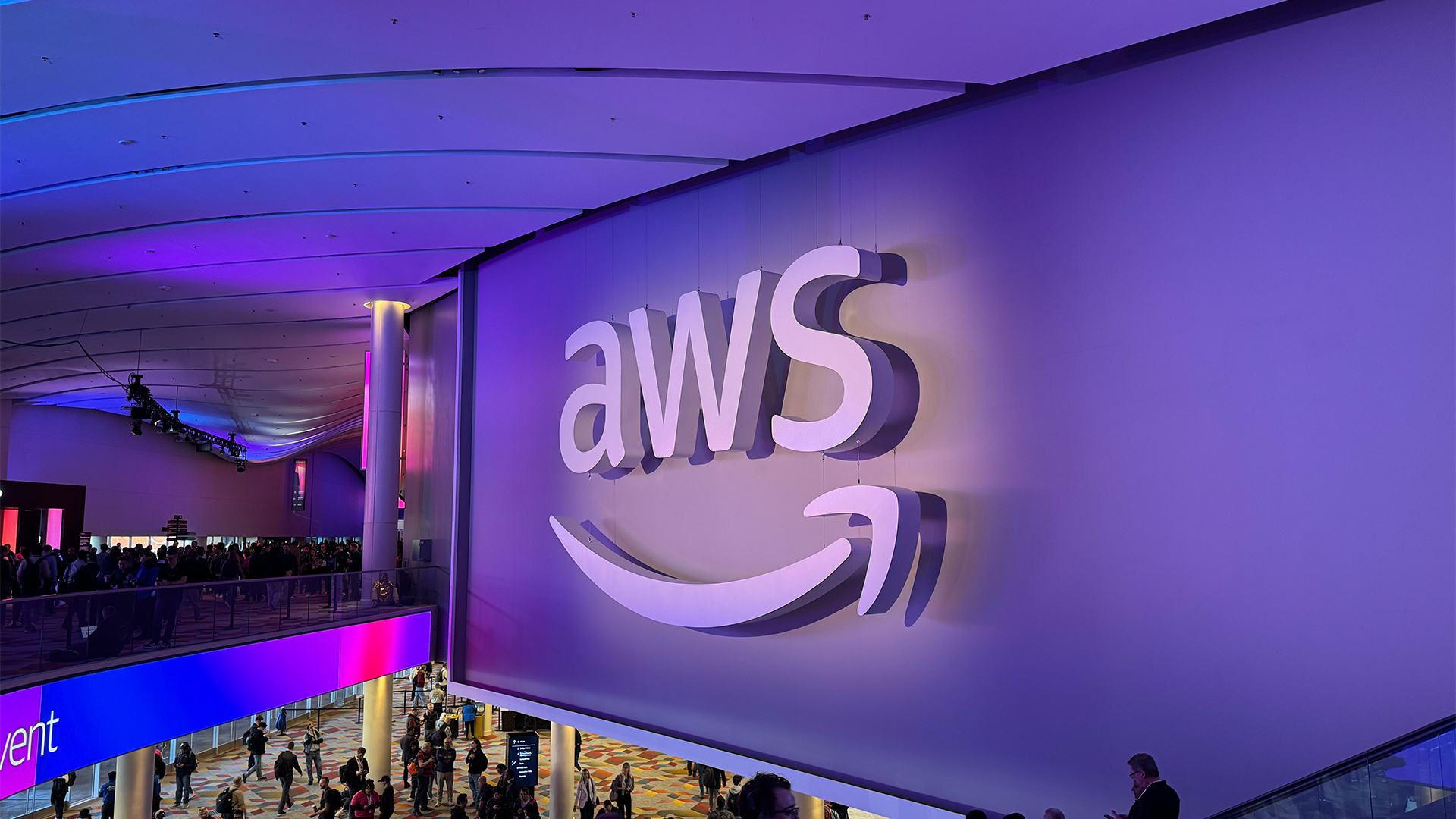 AWS just quietly increased EC2 Capacity Block prices – here's what you need to know
AWS just quietly increased EC2 Capacity Block prices – here's what you need to knowNews The AWS price increases mean booking GPU capacity in advance just got more expensive
-
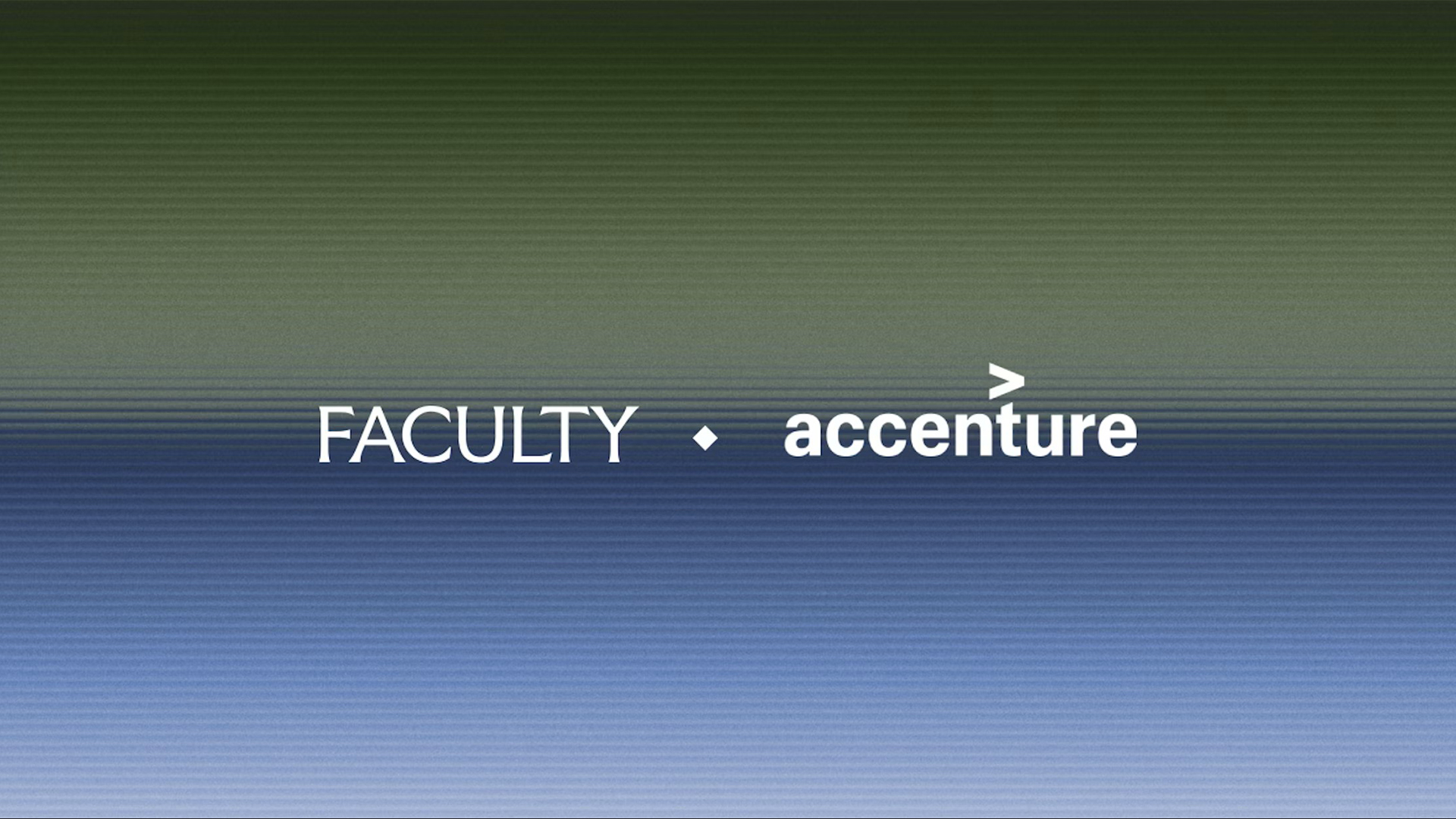 Accenture acquires Faculty, poaches CEO in bid to drive client AI adoption
Accenture acquires Faculty, poaches CEO in bid to drive client AI adoptionNews The Faculty acquisition will help Accenture streamline AI adoption processes
-
 Pega GenAI Blueprint: Breaking down the barriers to transformation
Pega GenAI Blueprint: Breaking down the barriers to transformationNews Blueprint was the star of the show at PegaWorld Inspire 2024, and it’s real value comes in breaking down the communication barriers inhibiting collaboration between business and technical verticals
-
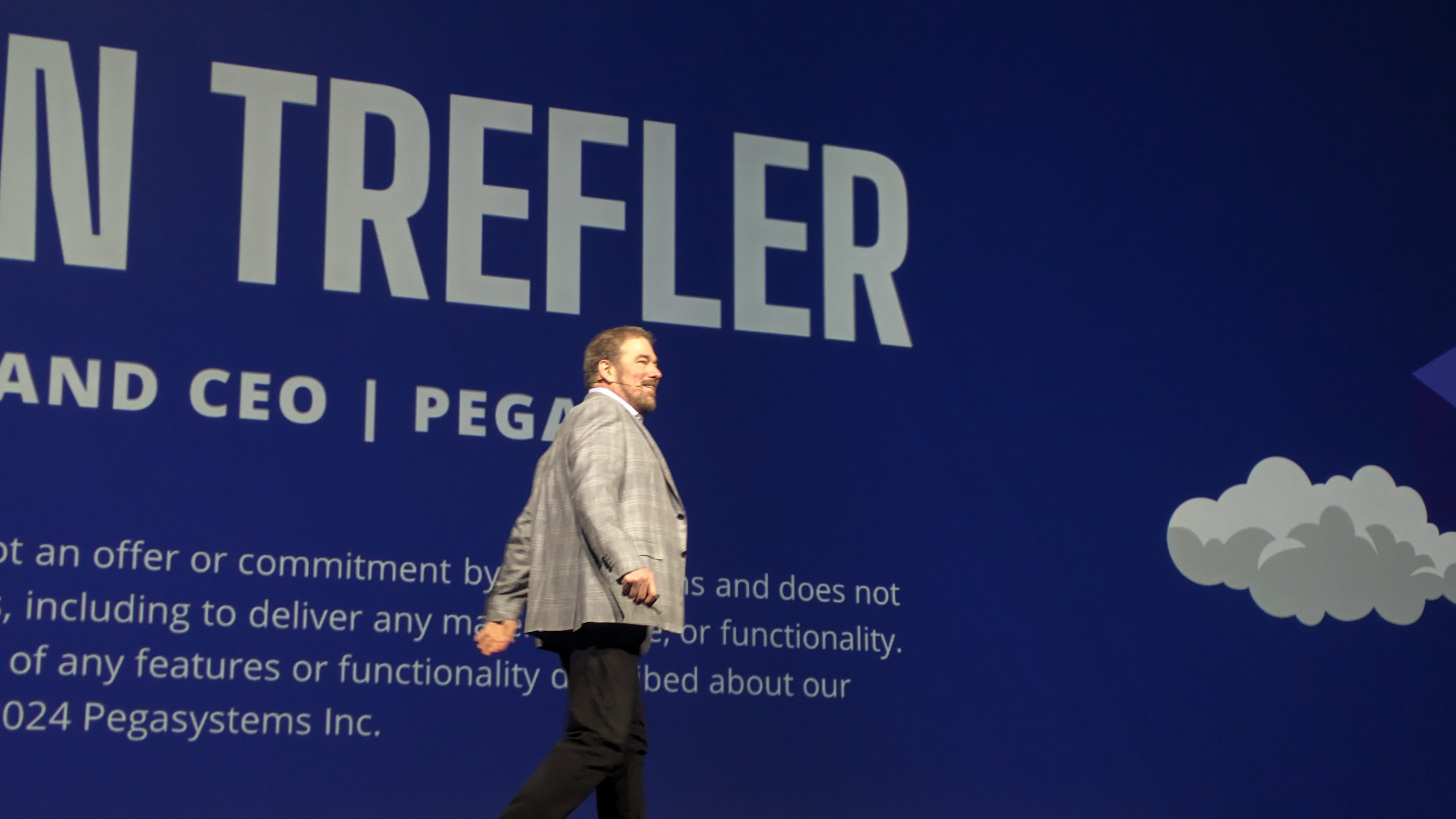 Pegasystems CEO Alan Trefler wants to help enterprises sift through the AI 'hype'
Pegasystems CEO Alan Trefler wants to help enterprises sift through the AI 'hype'News Alan Trefler, CEO of Pegasystems, believes there is still a lot of bluster around how AI – here’s how he thinks businesses can extract real value from AI
-
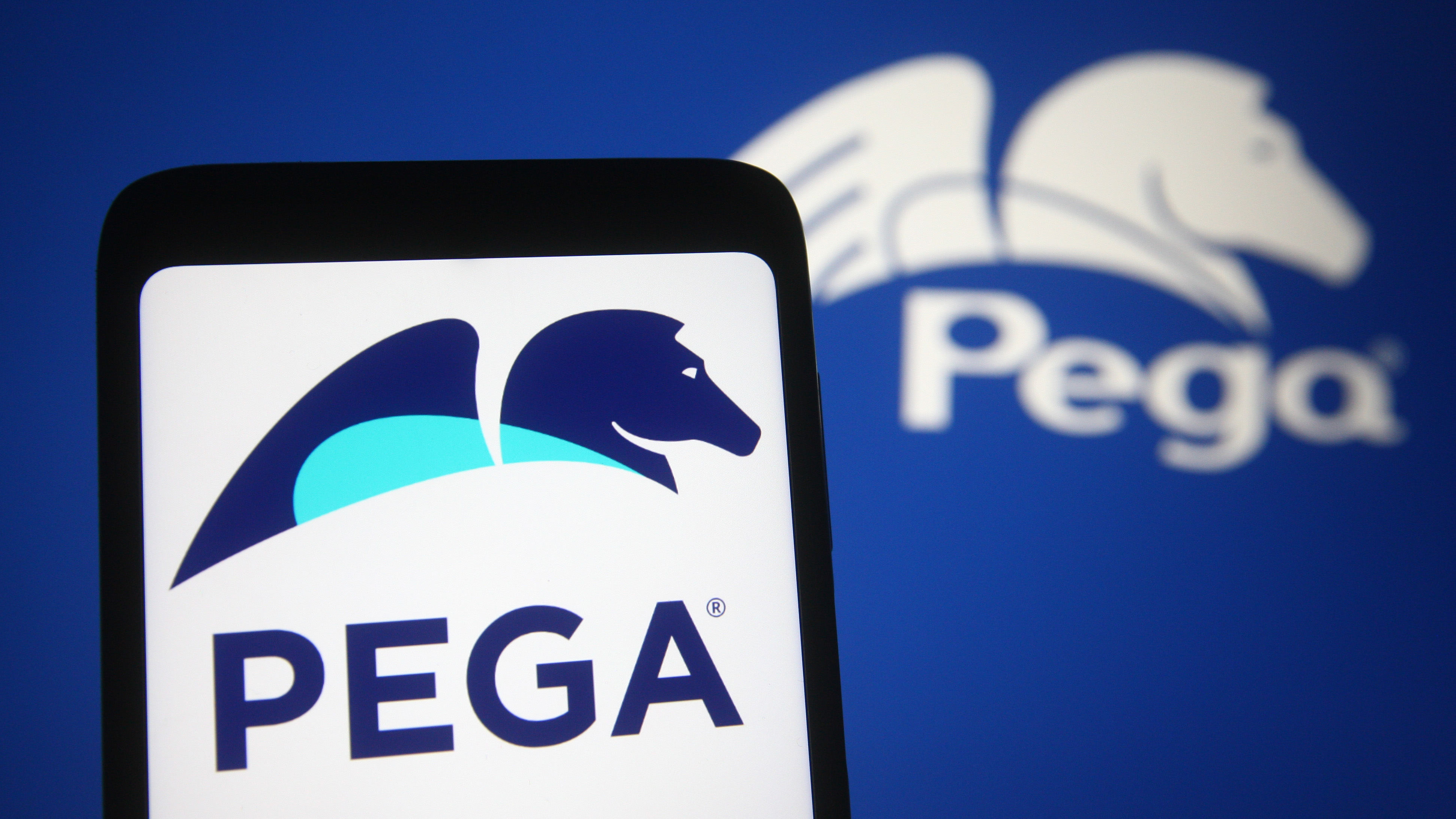 Pegasystems wants to provide AI for ideation – PegaWorld Inspire 2024 can be its launch pad
Pegasystems wants to provide AI for ideation – PegaWorld Inspire 2024 can be its launch padAnalysis Pegasystems' track record with automation puts it in a solid position for AI adoption – but it believes the real value of the technology is in fundamentally changing the development process